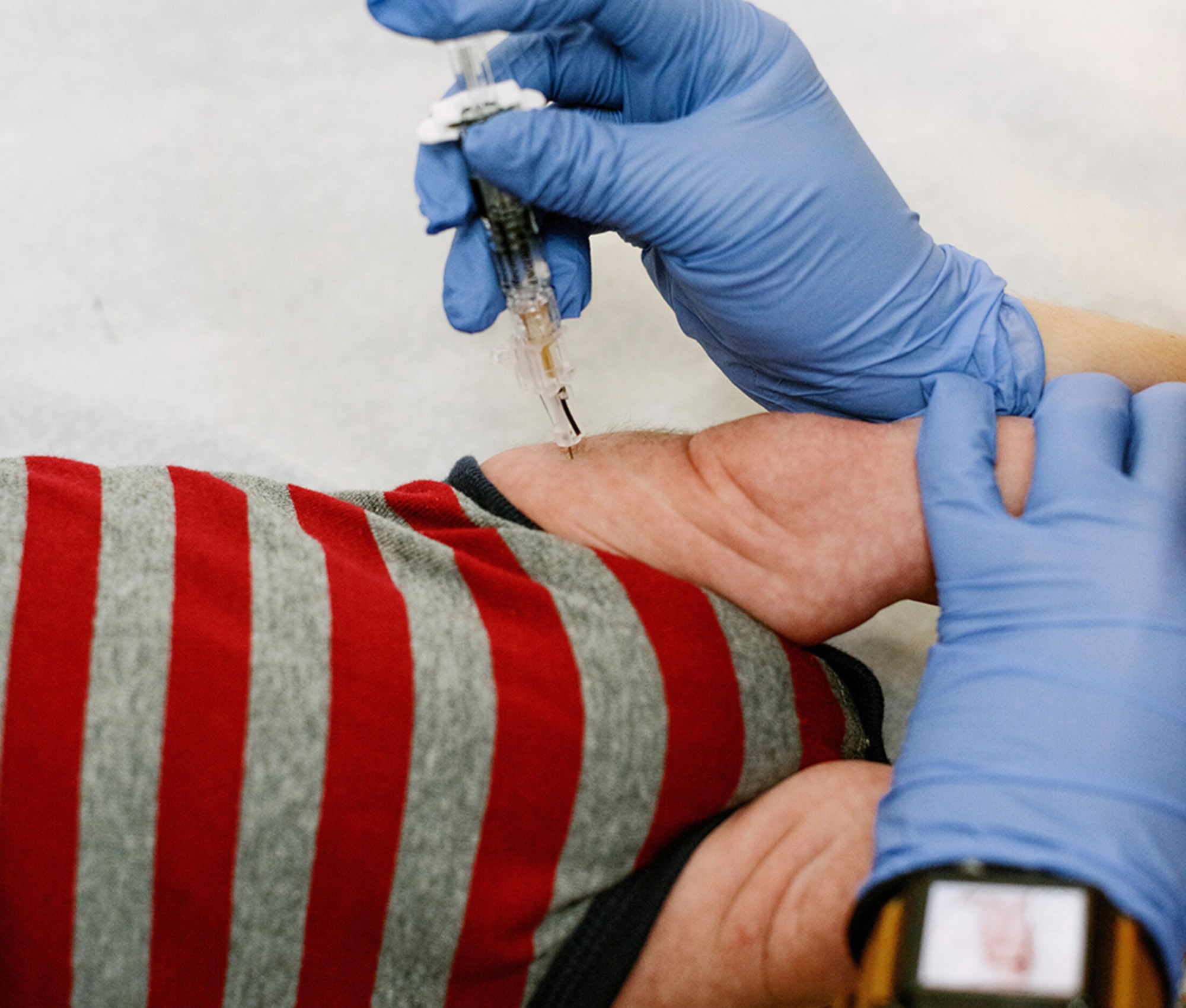These scientists could finally solve Greek yogurt's big problem


Greek yogurt is frequently praised for its health benefits, but its acid whey byproduct is a growing concern for the environment.
Whey decomposition becomes toxic to natural environments, Modern Farmer explains, so companies like Chobani landspread the whey at farmers' fields. The acid whey can also be fermented at anaerobic digesters, where it will produce methane, according to Phys.org.
But scientists at the University of Wisconsin-Madison may finally have a better answer about what companies can do with all of their acid whey.
The Week
Escape your echo chamber. Get the facts behind the news, plus analysis from multiple perspectives.

Sign up for The Week's Free Newsletters
From our morning news briefing to a weekly Good News Newsletter, get the best of The Week delivered directly to your inbox.
From our morning news briefing to a weekly Good News Newsletter, get the best of The Week delivered directly to your inbox.
"The whole goal is to take this problematic mixture of stuff — acid whey — and isolate all of the various components and find commercial uses for them," Dean Sommer, a food technologist with Wisconsin Center for Dairy Research (CDR) in the UW-Madison College of Agricultural and Life Sciences, told Phys.org. But acid whey is harder to separate than sweet whey is, since it is mostly water and contains less protein.
Phys.org explains that acid whey "turns into a sticky mess" after being dried, because of its lactic acid and galactose. So instead of drying it, Sommer's team is creating new filters, called membranes, to separate the acid whey's components. The CDR hopes that it can isolate lactose from the acid whey and sell it to food companies. And once all of the ingredients are separated, the acid whey will "just be water," Sommer told Phys.org, so it can be disposed of properly.
A free daily email with the biggest news stories of the day – and the best features from TheWeek.com
Meghan DeMaria is a staff writer at TheWeek.com. She has previously worked for USA Today and Marie Claire.
-
 Pipe bombs: The end of a conspiracy theory?
Pipe bombs: The end of a conspiracy theory?Feature Despite Bongino and Bondi’s attempt at truth-telling, the MAGAverse is still convinced the Deep State is responsible
-
 The robot revolution
The robot revolutionFeature Advances in tech and AI are producing android machine workers. What will that mean for humans?
-
 Health: Will Kennedy dismantle U.S. immunization policy?
Health: Will Kennedy dismantle U.S. immunization policy?Feature ‘America’s vaccine playbook is being rewritten by people who don’t believe in them’
-
 Blue Origin launches Mars probes in NASA debut
Blue Origin launches Mars probes in NASA debutSpeed Read The New Glenn rocket is carrying small twin spacecraft toward Mars as part of NASA’s Escapade mission
-
 Dinosaurs were thriving before asteroid, study finds
Dinosaurs were thriving before asteroid, study findsSpeed Read The dinosaurs would not have gone extinct if not for the asteroid
-
 SpaceX breaks Starship losing streak in 10th test
SpaceX breaks Starship losing streak in 10th testspeed read The Starship rocket's test flight was largely successful, deploying eight dummy satellites during its hour in space
-
 Rabbits with 'horns' sighted across Colorado
Rabbits with 'horns' sighted across Coloradospeed read These creatures are infected with the 'mostly harmless' Shope papilloma virus
-
 Lithium shows promise in Alzheimer's study
Lithium shows promise in Alzheimer's studySpeed Read Potential new treatments could use small amounts of the common metal
-
 Scientists discover cause of massive sea star die-off
Scientists discover cause of massive sea star die-offSpeed Read A bacteria related to cholera has been found responsible for the deaths of more than 5 billion sea stars
-
 'Thriving' ecosystem found 30,000 feet undersea
'Thriving' ecosystem found 30,000 feet underseaSpeed Read Researchers discovered communities of creatures living in frigid, pitch-black waters under high pressure
-
 New York plans first nuclear plant in 36 years
New York plans first nuclear plant in 36 yearsSpeed Read The plant, to be constructed somewhere in upstate New York, will produce enough energy to power a million homes
